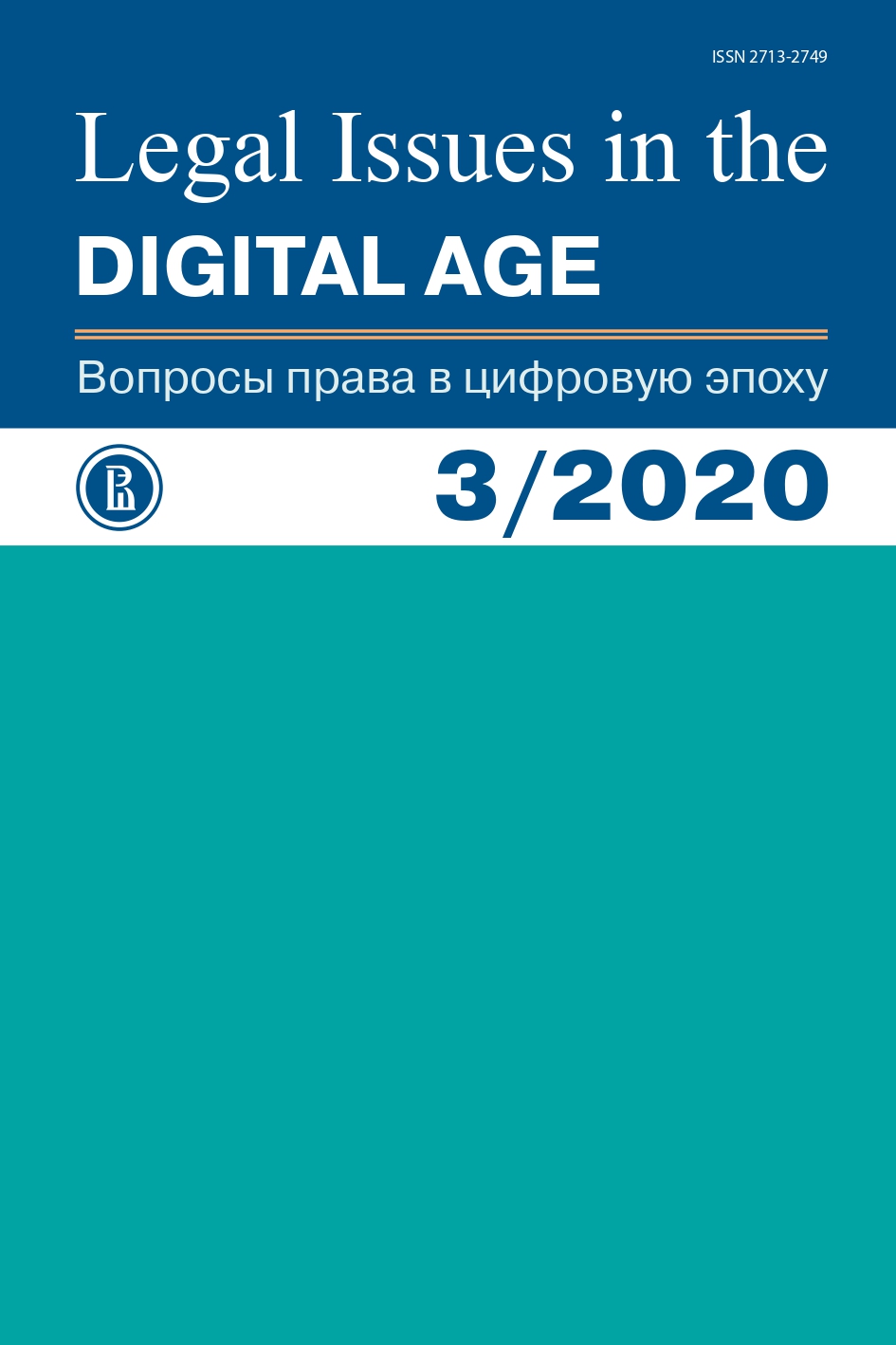The Role of Artificial Intelligence in Improving Criminal Justice System: Indian Perspective
Abstract
The increasing cyber-attacks have created havoc in the criminal justice system. Understanding the purpose of crime and countering it is the crucial task for the law enforcement agencies. This research aims to present how Artificial Intelligence and Machine Learning along with Predictive Analysis using soft evidence can be used in sorting out the existing criminal record while making the use of metadata, and therefore predicting crime. Furthermore, it would surely help out the police and intelligence bodies to smartly investigate the cases by referring to the database and thus help the society in curbing the crime by quicker and more effective investigation processes. It would also assist the analyst in tracking the activities and associations of various criminal elements through their recent activities, by extracting the particular details from the documents or records. Prediction of the crime can be understood through this research. The present study reflects the accuracy level of threat from 28 states of India. By researching on this topic, it becomes evident that if proper data is fed to this model, the chances of prediction are higher and more accurate. The study also tried to find out the psychosocial perspectives of the crime and what would be the reason of individual indulges in such crime.
References
Alarie B., Niblett A. & Yoon A. (2018) How artificial intelligence will affect the practice of law. University of Toronto Law Journal, vol. 68, supplement 1, pp. 106–124.
Caldwell M. et al (2020) AI-enabled future crime. Crime Science, no 1, pp. 1–13.
Cath C. (2018) Governing artificial intelligence: ethical, legal and technical opportunities and challenges. Phil.Trans. Royal. Society, issue 2133, pp. 1–8.
Chen H. et al (2003) COPLINK Connect: information and knowledge management for law enforcement. Decision support systems, no 3, pp. 271–285.
Cui Y. (2020) Building AI-assisted rule of law for the future, seeking advantages and avoiding disadvantages to make AI better benefit mankind. In: Artificial Intelligence and Judicial Modernization. Singapore: Springer, pp. 187–191.
Dhillon K. (2011) The police and the criminal justice system in India. The Police, State, and Society: Perspectives from India and France. Pearson, pp. 27–59.
Dmitrik N. (2020) Digital State, Digital Citizen: Making Fair and Effective Rules for a Digital World. Legal Issues in the Digital Age, no 1, pp. 54–78.
Furtado V. et al (2010) Collective intelligence in law enforcement–The Wiki-Crimes system. Information Sciences, no 1, pp. 4–17.
Hauck R. et al (2002) Using Coplink to analyze criminal-justice data. Computer, no 3, pp. 30–37.
Hayward K., Maas M. (2020) Artificial intelligence and crime: A primer for criminologists. Crime, Media, Culture, pp. 1–25.
Isaac W. (2017) Hope, hype, and fear: the promise and potential pitfalls of artificial intelligence in criminal justice. Ohio St. J. Crim. L., vol. 15, p. 543.
King T., Aggarwal N., Taddeo M., Floridi L. (2020) Artificial intelligence crime: An interdisciplinary analysis of foreseeable threats and solutions. Science and engineering ethics, no 1, pp. 89–120.
Marda V. (2018) Artificial intelligence policy in India: a framework for engaging the limits of data-driven decision-making. Philosophical Transactions of the Royal Society: Mathematical, Physical and Engineering Sciences, vol. 376, pp. 1–19.
McCarthy J. et al (2006) A proposal for the Dartmouth summer research project on artificial intelligence. AI magazine, no 4, pp. 12–14.
McGuire M., Holt T. (eds.) (2017) The Routledge Handbook of Technology, Crime and Justice. L.: Taylor & Francis, pp. 1–722.
Nath S. (2006) Crime pattern detection using data mining. In: 2006 IEEE/WIC/ACM International Conference on Web Intelligence and Intelligent Agent, pp. 41–44.
Perkel J. (2018) Why Jupyter is data scientists’ computational notebook of choice. Nature, vol. 563, pp. 145–147.
Raschka S. et al (2020) Machine Learning in Python: Main developments and technology trends in data science, machine learning, and artificial intelligence. Information, no 4, p. 193.
Sourdin T. (2018) Judge v. Robot: Artificial Intelligence and Judicial Decision-Making. UNSW Law Journal, vol. 41, pp. 11–14.
Završnik A. (2020) Criminal justice, artificial intelligence systems, and human rights. ERA Forum Springer, no 4, pp. 567–583.
Authors who publish with this journal agree to the Licensing, Copyright, Open Access and Repository Policy.










